(351) Fallen Yamamomo
文字数 1,648文字
In this chapter, I’ll talk about "yamamomo(山桃)" or red bayberries.
We usually eat yamamomo that have fallen to the ground, not the ones that are on the tree.
For harvesting, large plastic sheets are spread under yamamomo trees, and the branches are shaken to drop the yamamomo fruit onto the sheets.
Yamamomo can be eaten as they are, but they don't keep well and are not distributed in markets. Yamamomo are often processed into jams and fruit wines.
Dioecious yamamomo trees bear fruit by planting female and male trees together. Seed-grown seedlings bear fruit in 15 years, while grafted seedlings bear fruit in 4 to 5 years. If not thinned out, they may produce only biennially.
The harvest season is only about 10 days from mid-June to early July, so it is not suitable for tourist farms.
Yamamomo are often found in the gardens of houses and shops, parks, and roadside trees.
An interesting example is “Kaze no Oka Park (Wind Hill Park 風の丘公園)” in Tsukuba City, which was completed on August 1, 2019, where yamamomo has been adopted as a landmark tree!
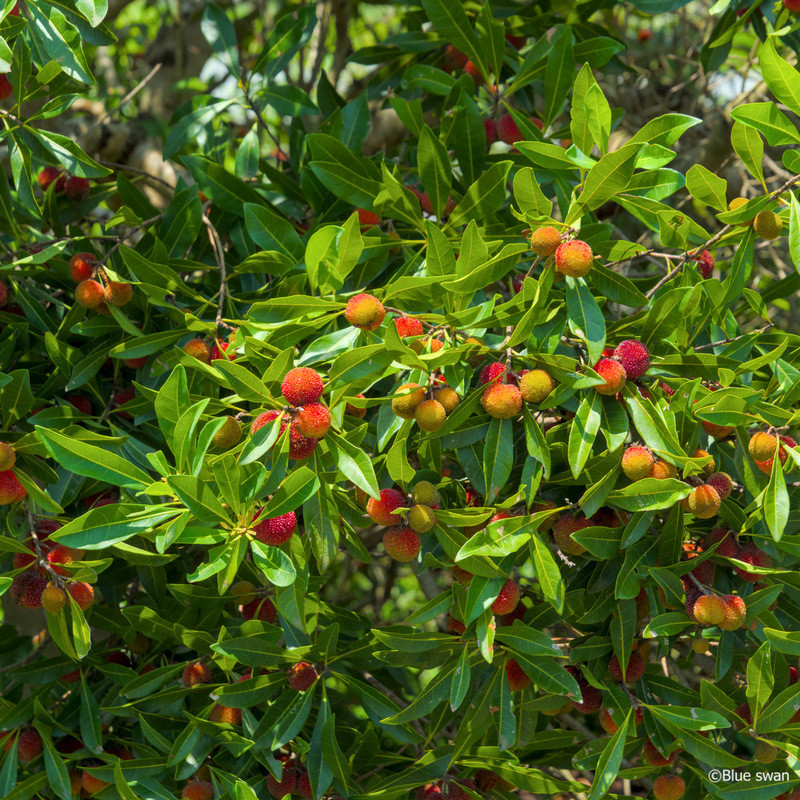
① These are yamamomo in “Mori no Ishigama Bakery (a stone kiln bakery in the woods)” in Kasama City.
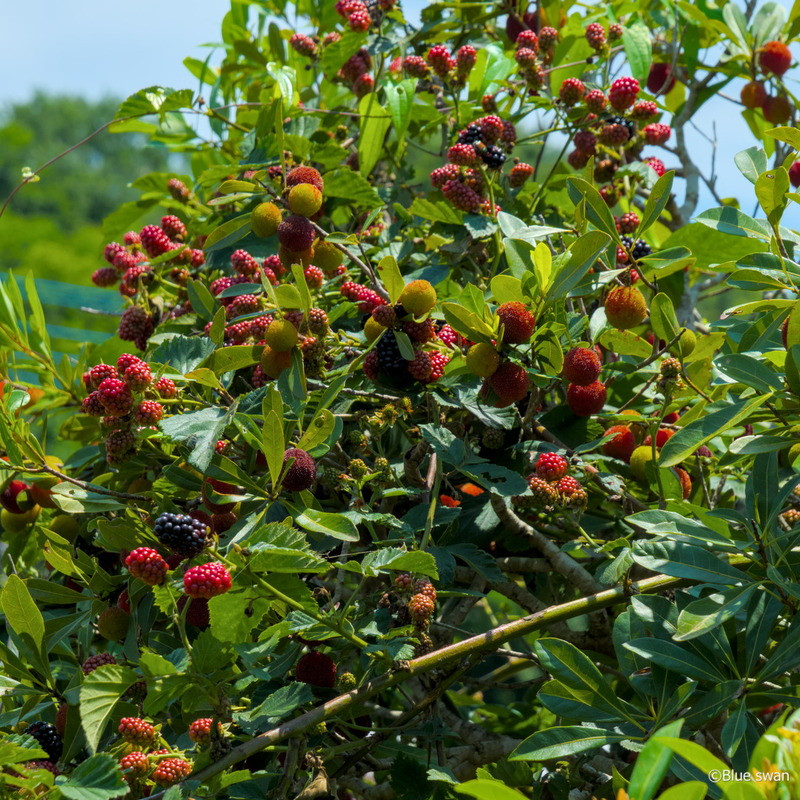
② These are yamamomo and mulberry trees outside the bakery.
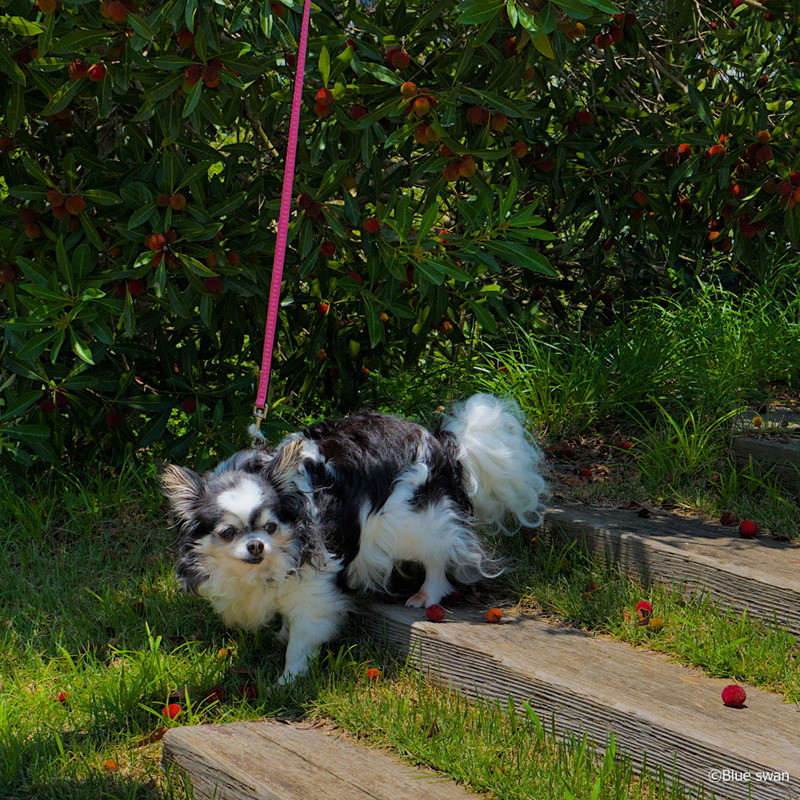
③ These are yamamomo in the bakery garden.
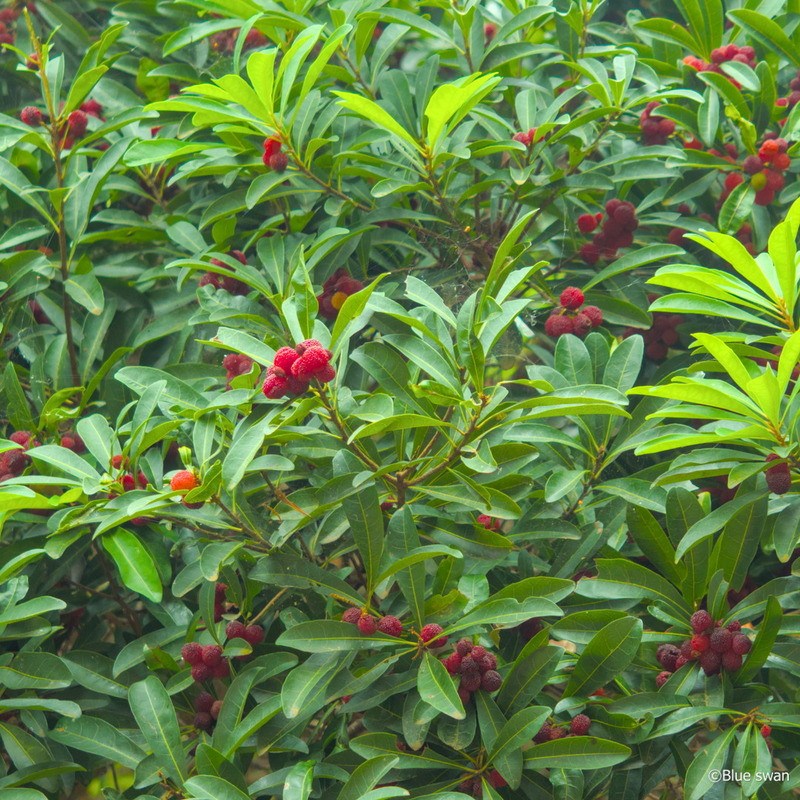
④ These are yamamomo in Chuo Park.
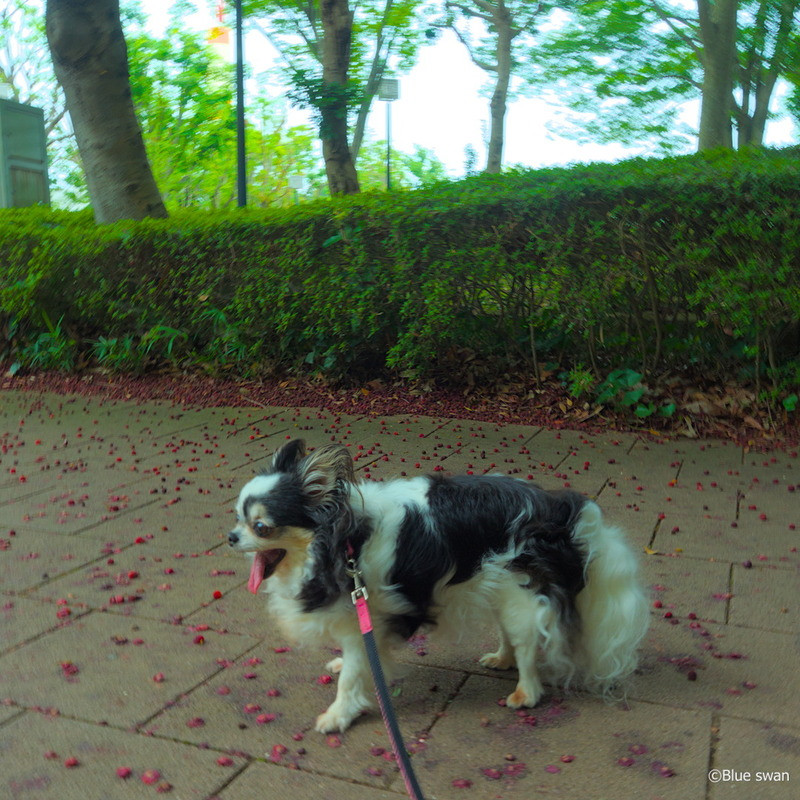
⑤ These are yamamomo in Chuo Park.
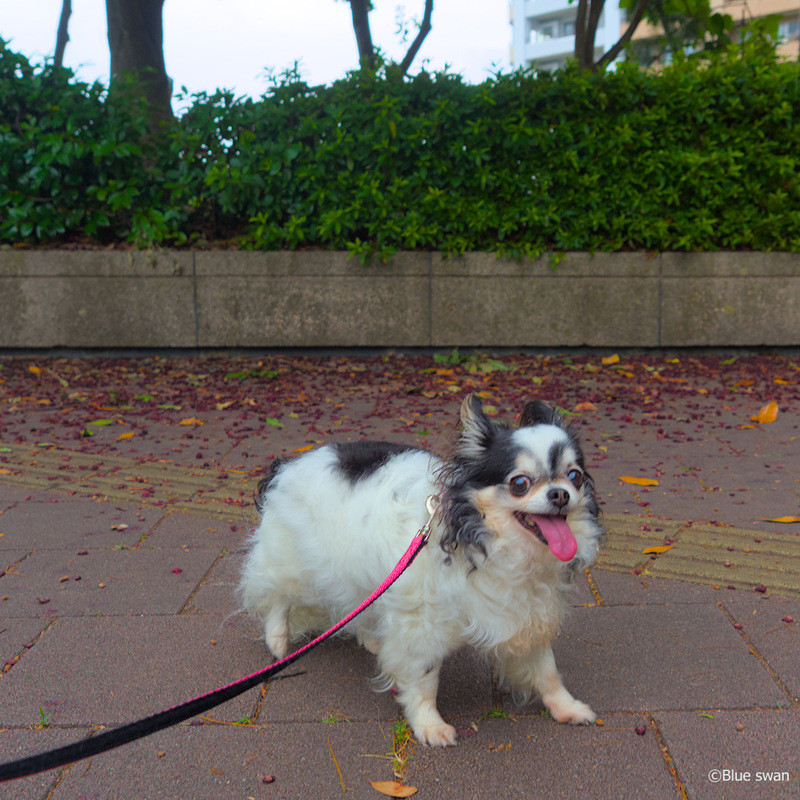
⑥ These are the fallen yamamomo in Chuo Park.
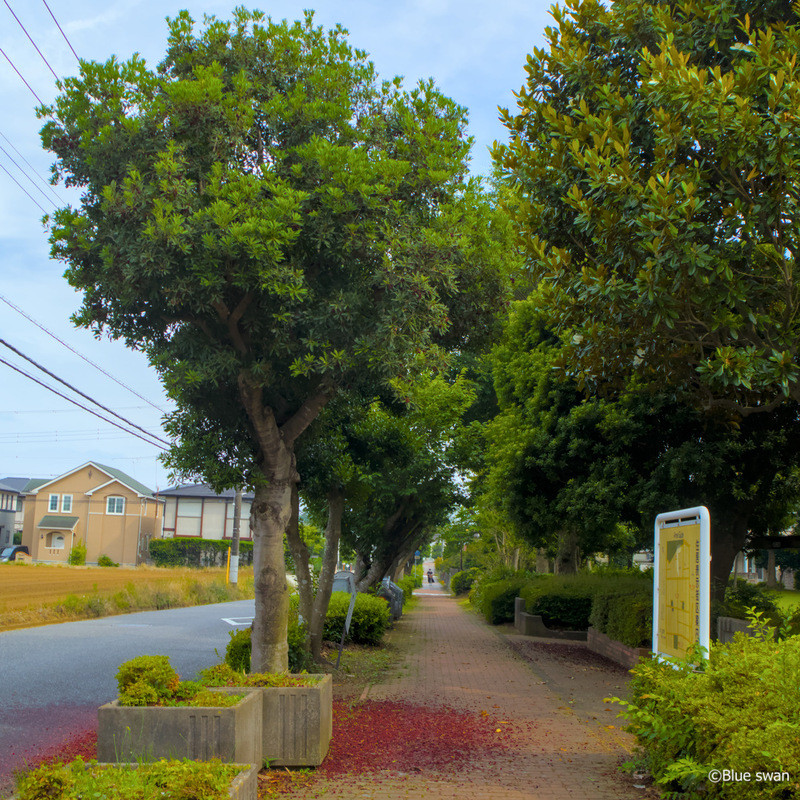
⑦ These are yamamomo in front of Saginuma Children's Park.
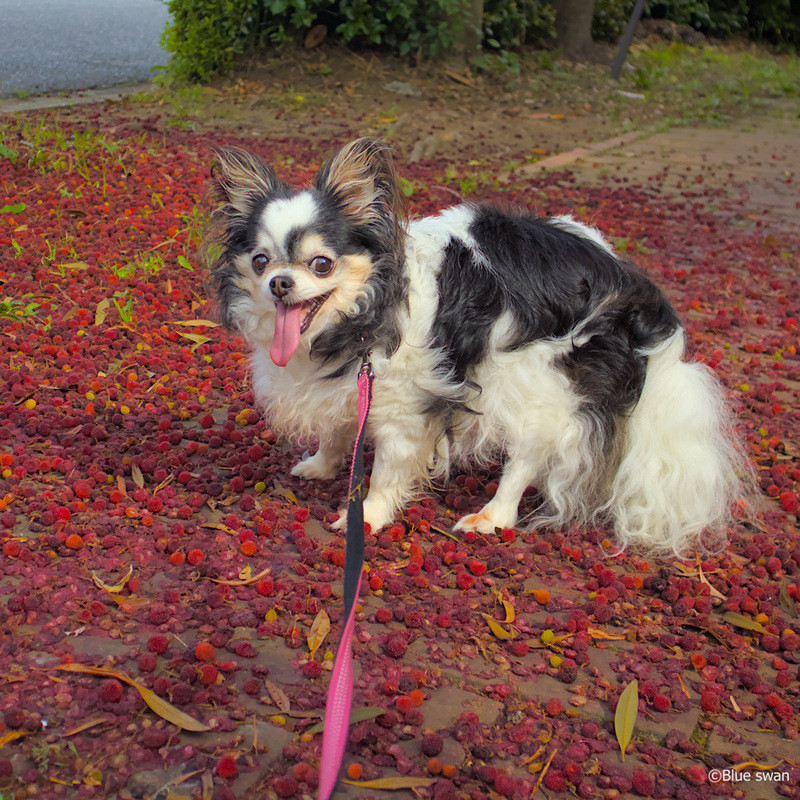
⑧ These are the fallen yamamomo in front of Saginuma Children's Park.
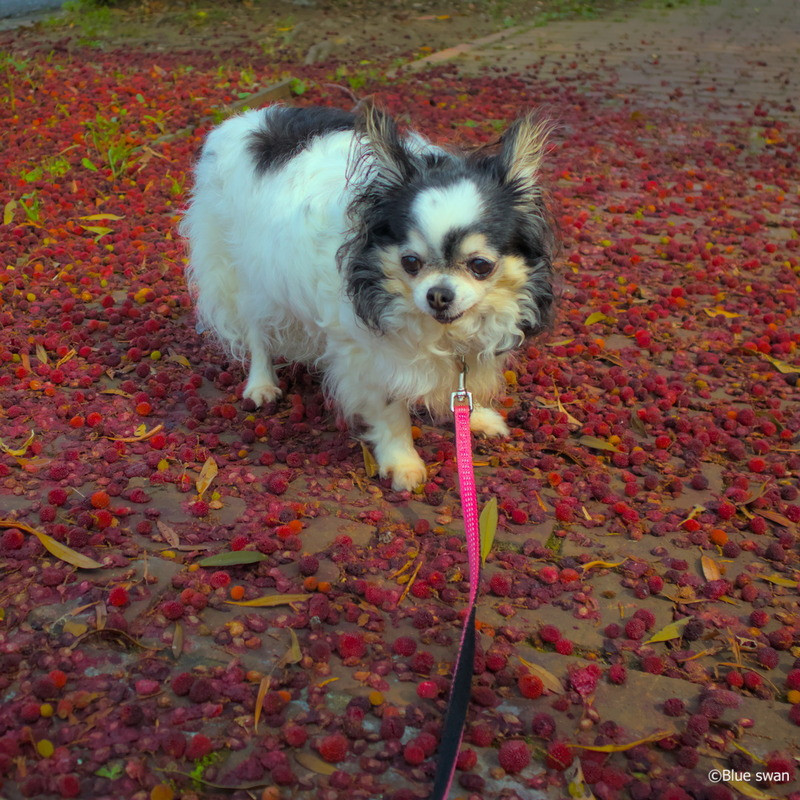
⑨ These are the fallen yamamomo in front of Saginuma Children's Park.
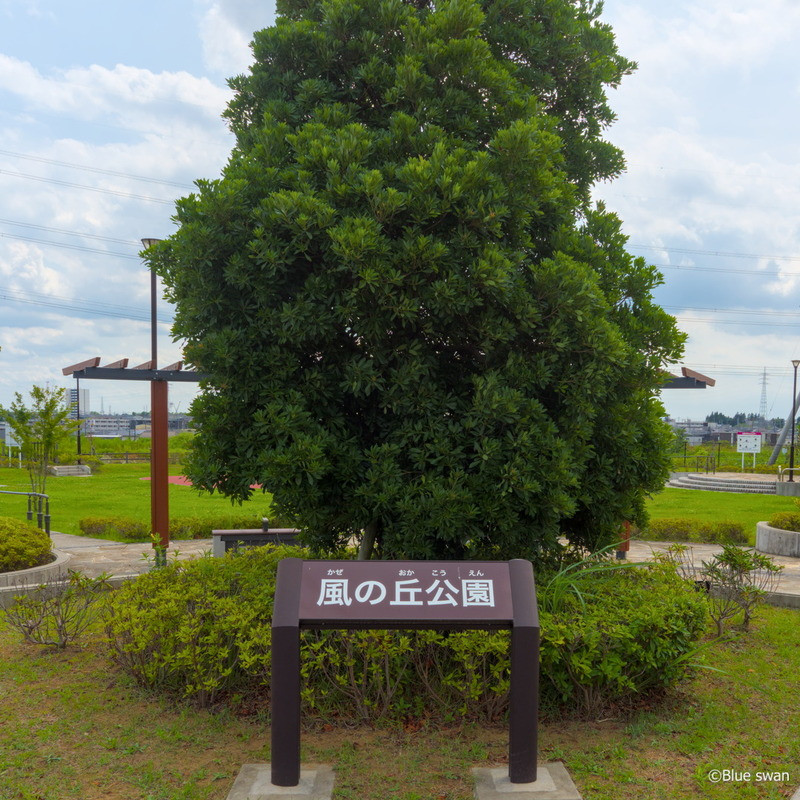
⑩ This is the symbolic yamamomo tree of Kaze no Oka Park.
We usually eat yamamomo that have fallen to the ground, not the ones that are on the tree.
For harvesting, large plastic sheets are spread under yamamomo trees, and the branches are shaken to drop the yamamomo fruit onto the sheets.
Yamamomo can be eaten as they are, but they don't keep well and are not distributed in markets. Yamamomo are often processed into jams and fruit wines.
Dioecious yamamomo trees bear fruit by planting female and male trees together. Seed-grown seedlings bear fruit in 15 years, while grafted seedlings bear fruit in 4 to 5 years. If not thinned out, they may produce only biennially.
The harvest season is only about 10 days from mid-June to early July, so it is not suitable for tourist farms.
Yamamomo are often found in the gardens of houses and shops, parks, and roadside trees.
An interesting example is “Kaze no Oka Park (Wind Hill Park 風の丘公園)” in Tsukuba City, which was completed on August 1, 2019, where yamamomo has been adopted as a landmark tree!

① These are yamamomo in “Mori no Ishigama Bakery (a stone kiln bakery in the woods)” in Kasama City.

② These are yamamomo and mulberry trees outside the bakery.

③ These are yamamomo in the bakery garden.

④ These are yamamomo in Chuo Park.

⑤ These are yamamomo in Chuo Park.

⑥ These are the fallen yamamomo in Chuo Park.

⑦ These are yamamomo in front of Saginuma Children's Park.

⑧ These are the fallen yamamomo in front of Saginuma Children's Park.

⑨ These are the fallen yamamomo in front of Saginuma Children's Park.

⑩ This is the symbolic yamamomo tree of Kaze no Oka Park.
